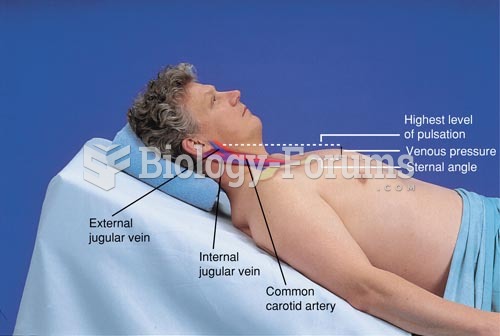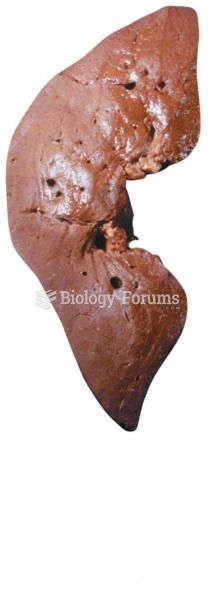|
|
|
The first-known contraceptive was crocodile dung, used in Egypt in 2000 BC. Condoms were also reportedly used, made of animal bladders or intestines.
The immune system needs 9.5 hours of sleep in total darkness to recharge completely.
The B-complex vitamins and vitamin C are not stored in the body and must be replaced each day.
Anesthesia awareness is a potentially disturbing adverse effect wherein patients who have been paralyzed with muscle relaxants may awaken. They may be aware of their surroundings but unable to communicate or move. Neurologic monitoring equipment that helps to more closely check the patient's anesthesia stages is now available to avoid the occurrence of anesthesia awareness.
It is difficult to obtain enough calcium without consuming milk or other dairy foods.







